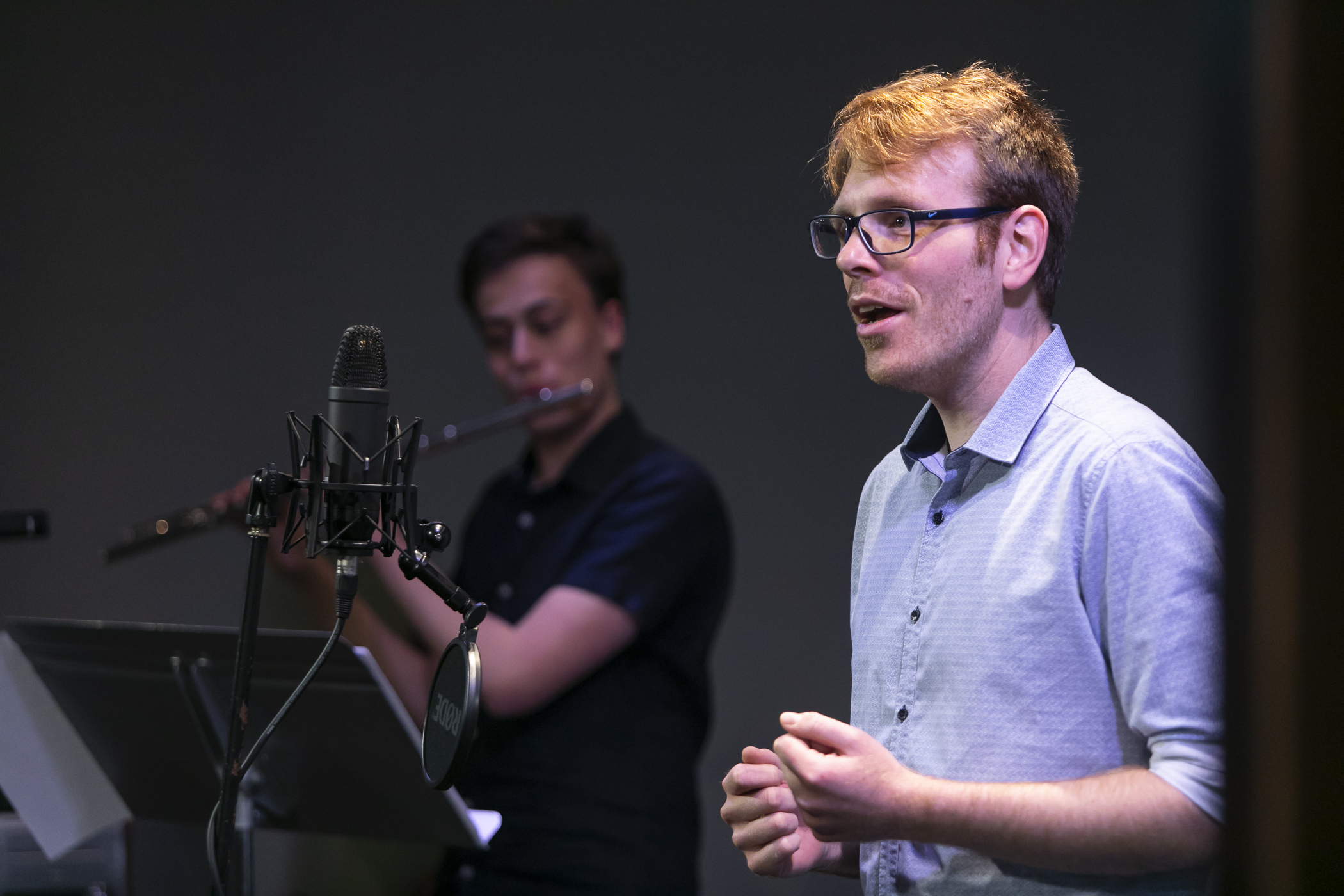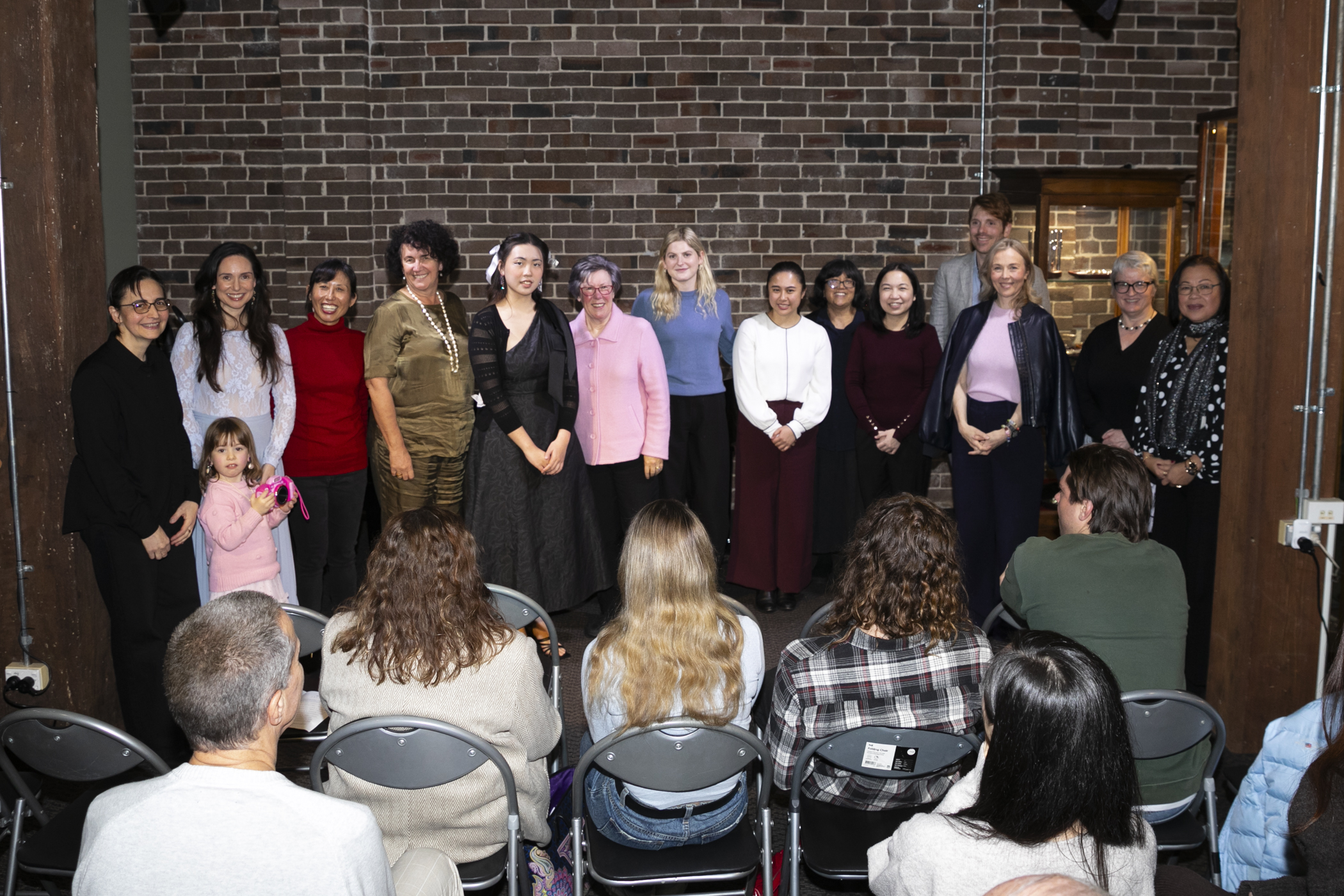Let it flow: the importance of exhalation in singing
Exhalation in singing is where the excitement happens – because it is your out breath that carries your sound! Learning correct, controlled breathing for singing is a long-term project that requires commitment from singers. Some may need to correct poor breathing habits. Others may not realise how low they can open their belly for an in breath, let alone how to engage it for an efficiently managed out breath to create a clearer sound.
To exhale, you must first inhale
In our first article on the basics of breathing, we learned how opening your ribs, hips, back and abdominal muscles during inhalation helps you create space for the air you need to produce sound. I recommend you read or re-read it to appreciate how inhalation and exhalation are vital to good singing.
The muscles we use to inhale are also used during exhalation, to create the sound we sing. When a singer exhales, the goal is to move air in a controlled movement out through an open throat. Once you know how to open your ribs for inhalation you can keep them open as you exhale, slowly controlling how your abs and ribs move back in for consistent air flow and clear sound.
What part does the diaphragm play?
You may have heard of ‘singing from the diaphragm’ which is technically incorrect – and impossible! Rather, you sing with the diaphragm, a dome-shaped muscle separating the upper and lower sections of the torso. While the diaphragm plays a role in inhalation and exhalation, its main role in singing is to create space for air to enter the lungs by ‘pulling down’ on them as you breath in.
Your diaphragm doesn’t play a part in sound creation, rather it works with your abdominal muscles to get the air moving through your vocal tract, producing sound.
In the video above, I discuss in more detail the role of the diaphragm in singing, with one of my singing students, Rena Elise.
Below are some exercises to increase your awareness of the muscles you use to breathe when singing, in particular, exhalation.
Exercise:
- Inhale and feel your lower ribs open up and your abdominal wall release downward. (Your diaphragm also moves down). This process takes some getting used to, and at first feels counter intuitive, which is why being guided by an expert singing teacher is beneficial.
- As you start to exhale, you’ll feel your low abdominal wall and expanded ribs do what’s known as ‘co-contract’, while your diaphragm slowly moves up. As you continue to exhale, gently but consciously draw in your low belly wall. Imagine a slender thread from your low belly being gently pulled toward your spine. Do this several times on a ‘SSSSssshhh’ sound.
- Keep your posture long and loose and relax any habitual tightening in your belly, chest, glutes and especially your throat muscles. It is important you feel physically free and relaxed for this aspect of breathing.
Doing this, you learn to control the flow of outward breath for extended air flow, longer, sustained vocal notes and a longer phrase of vocal and lyric lines.
Eventually, you’ll learn to engage your lowest abs first, then, like a belly dancer, you can isolate and use certain segments of muscles in your belly wall to support the breath. Aiming for a continuous exhalation using co-contraction allows gradual lung compression. This is how you learn to finely tune your muscles for well supported breathing for singing.
Exercise
1.Take a slow low breath and let your abs, sides, back, ribs and hips open. Let the air ‘settle’ into your low torso.
- As you start exhaling on ‘SSSSHHHH’, let only your lower rectus abdominis (i.e. ‘six pack’), the area near the groin, start the movement. Leave your ribs open while the abs do the work.
- Gradually, your higher abs will start to contract as your ribs stay gently out.
- Once your abs have contracted fully (you’ll know when), slowly let your ribs move back in.
At first, learning to control these parts of your body may feel overly physical and cerebral. But singing is a physical, thinking act. Once you discover how to manage your muscle use, it feels like you have two tanks of air to draw on. You may not need this full, refined, managed breath flow in every song or style, but it’s good to know it’s there when you do.
Mastering these fundamentals sets you up to take ownership of your singing, setting goals to determine how your inhalation and exhalation actively work and contribute to your singing progress.
With Kathleen Connell’s expert singing tuition, getting the basics of correct singing right will set you up for developing sustainable singing skills. Explore these foundations in an introductory lesson, or choose a lesson package for real results. To find out more, get in touch.




